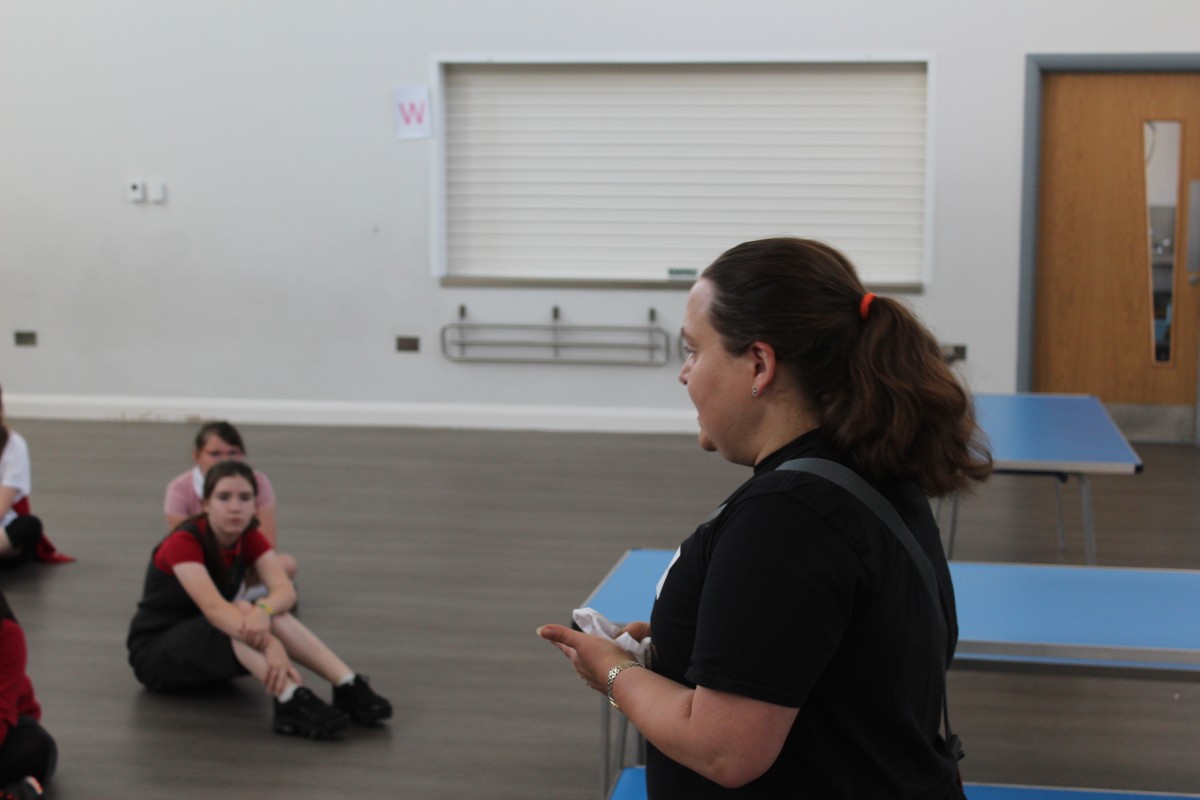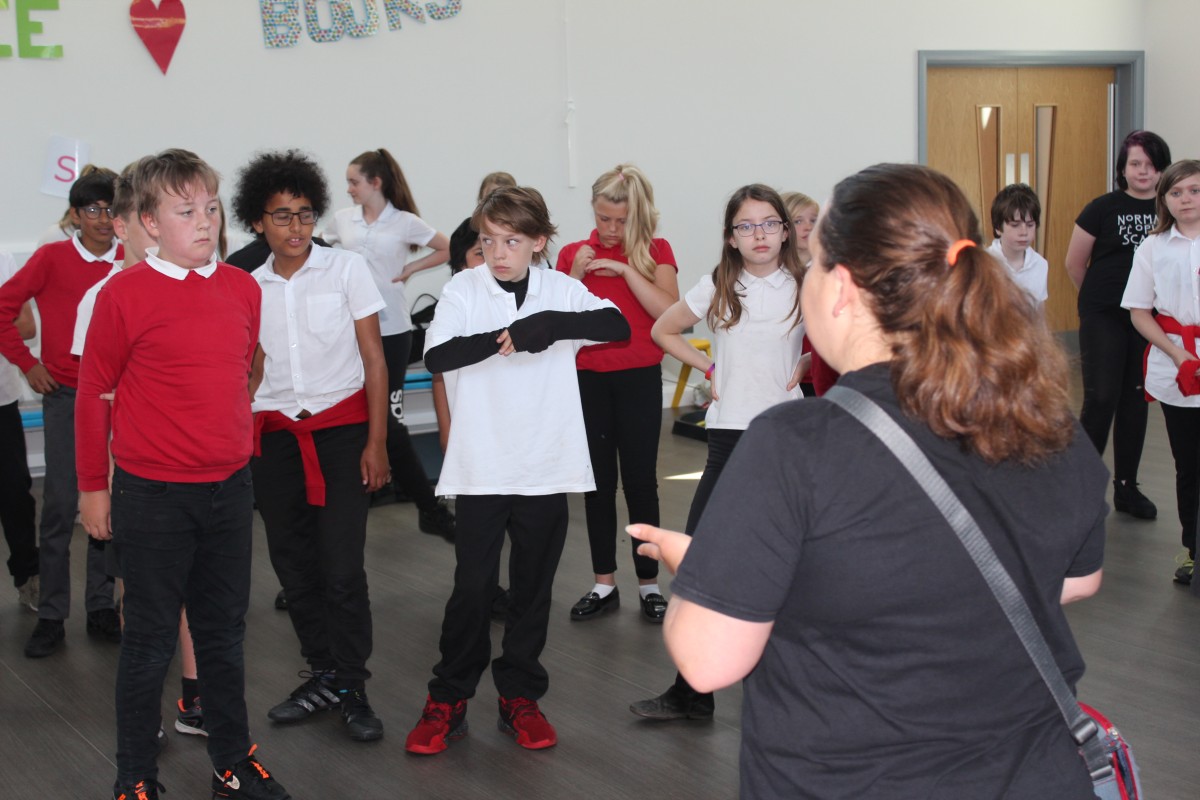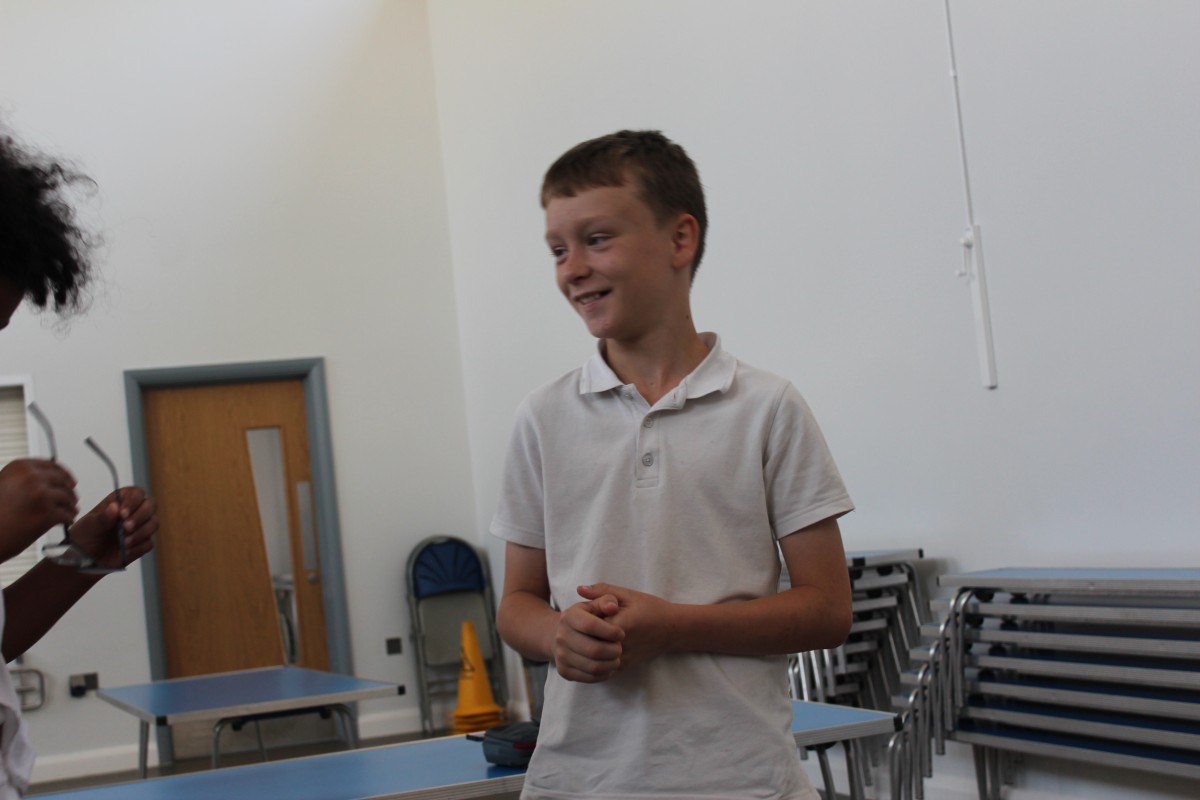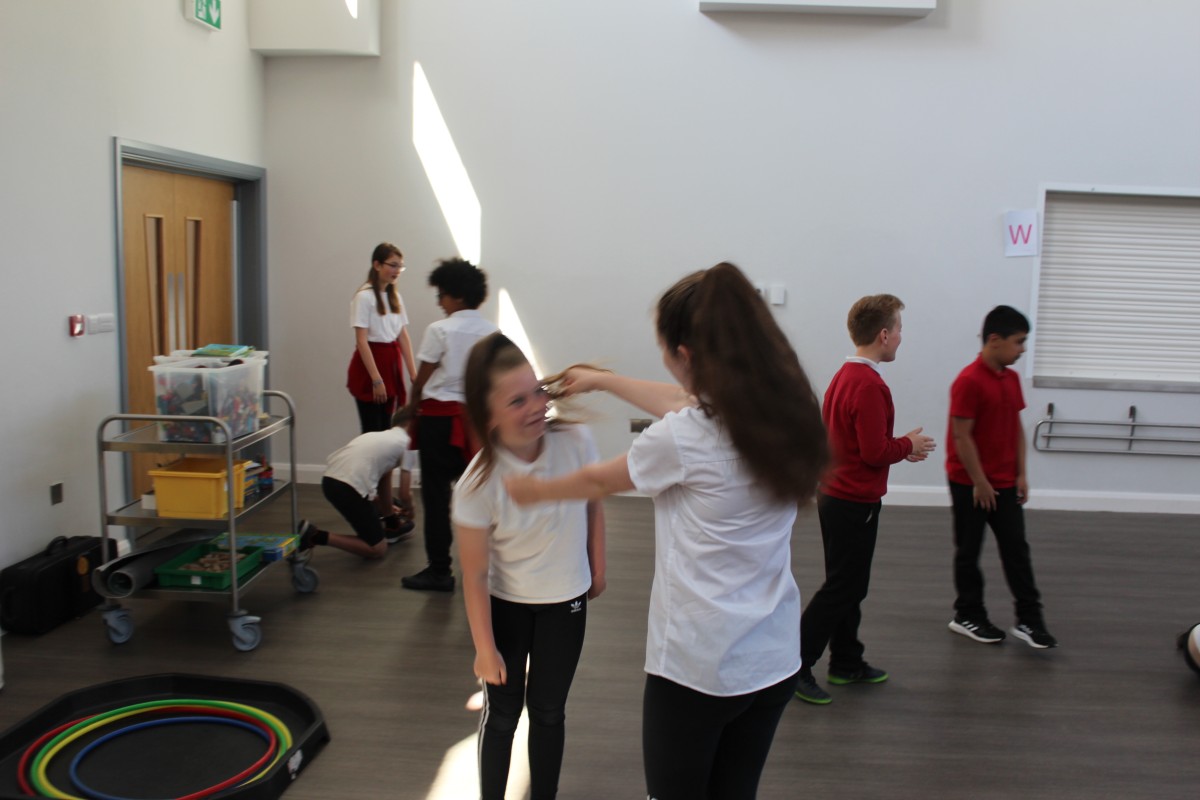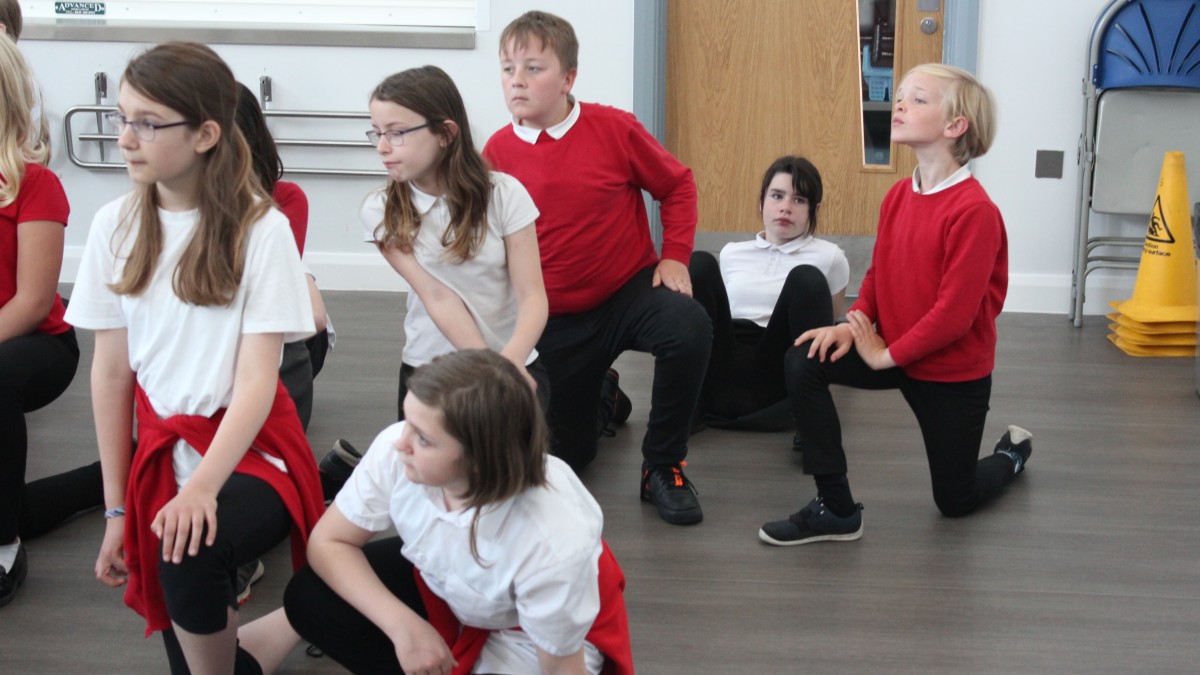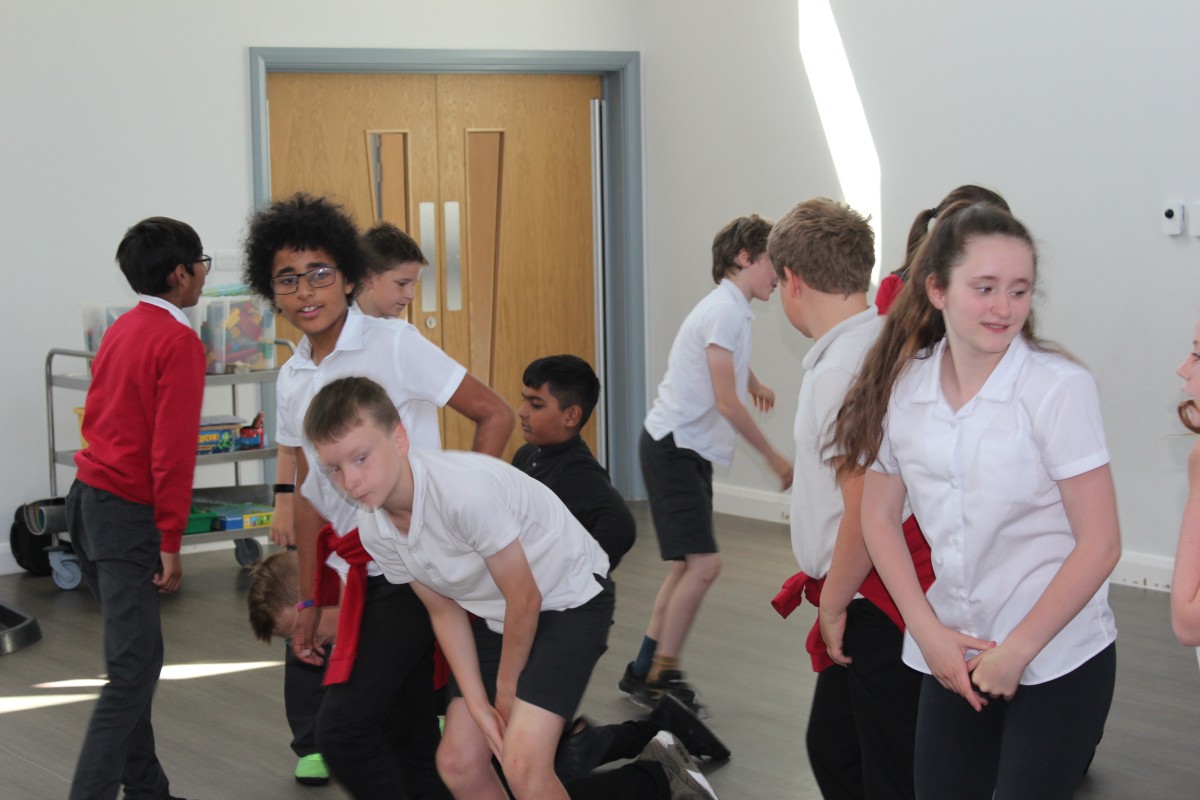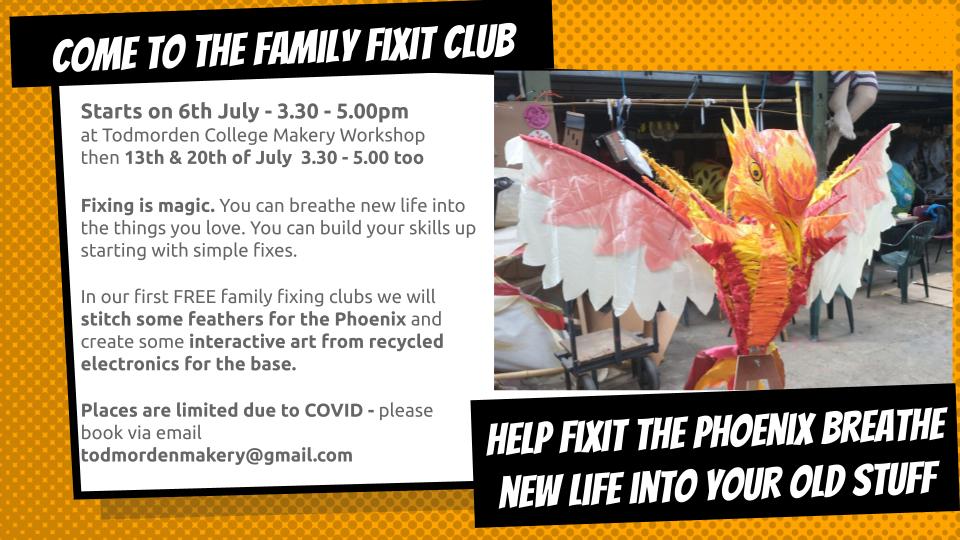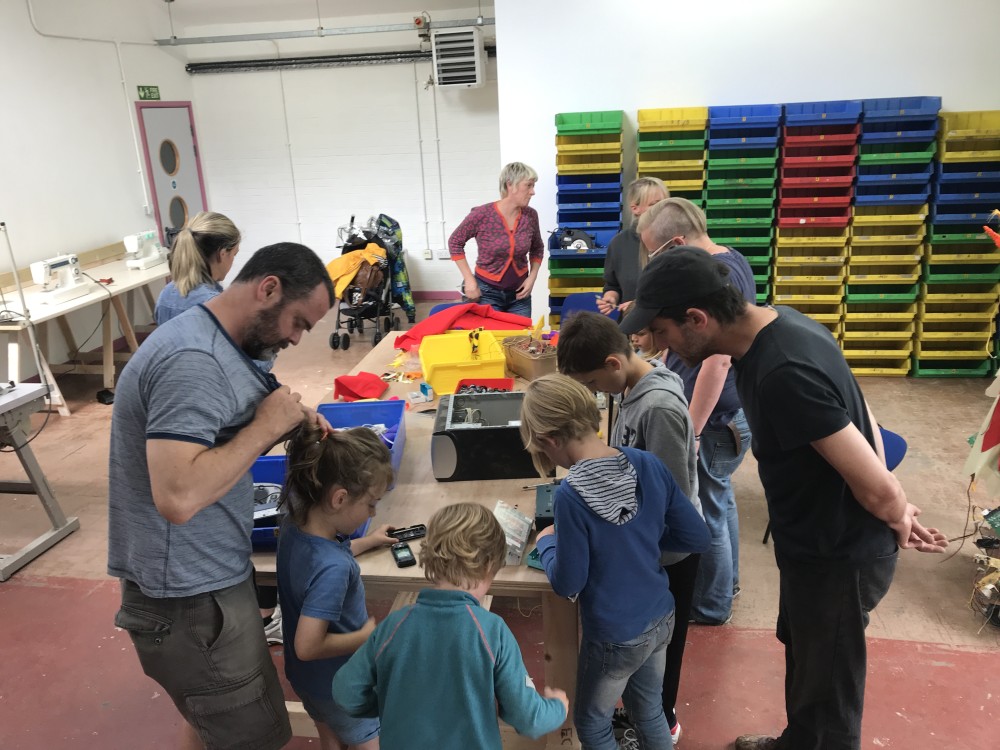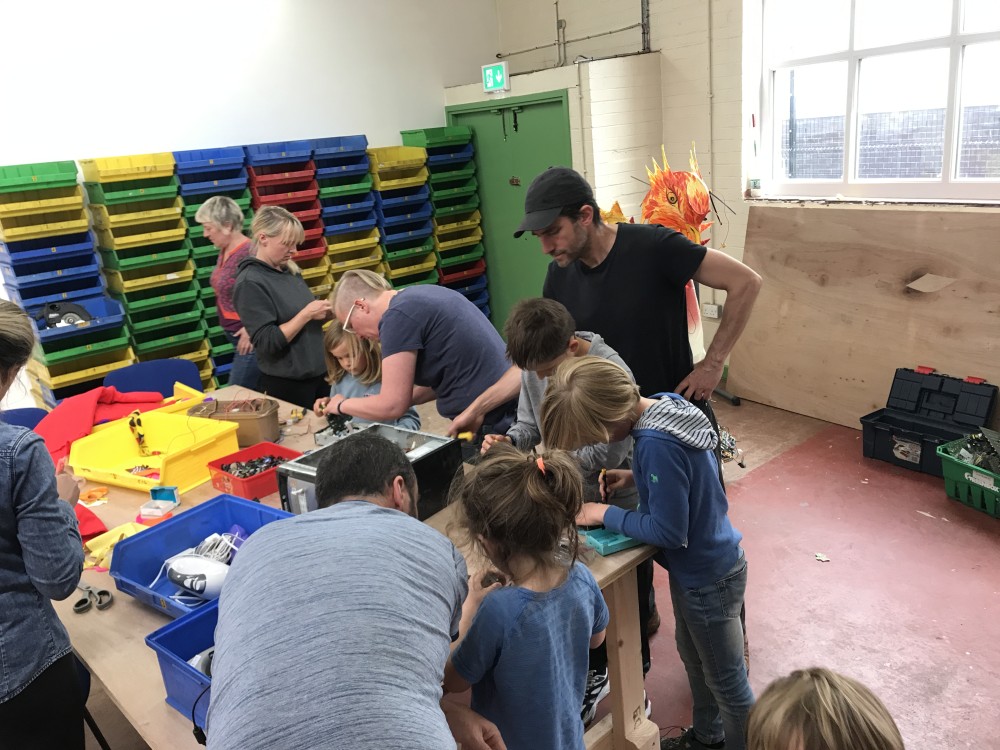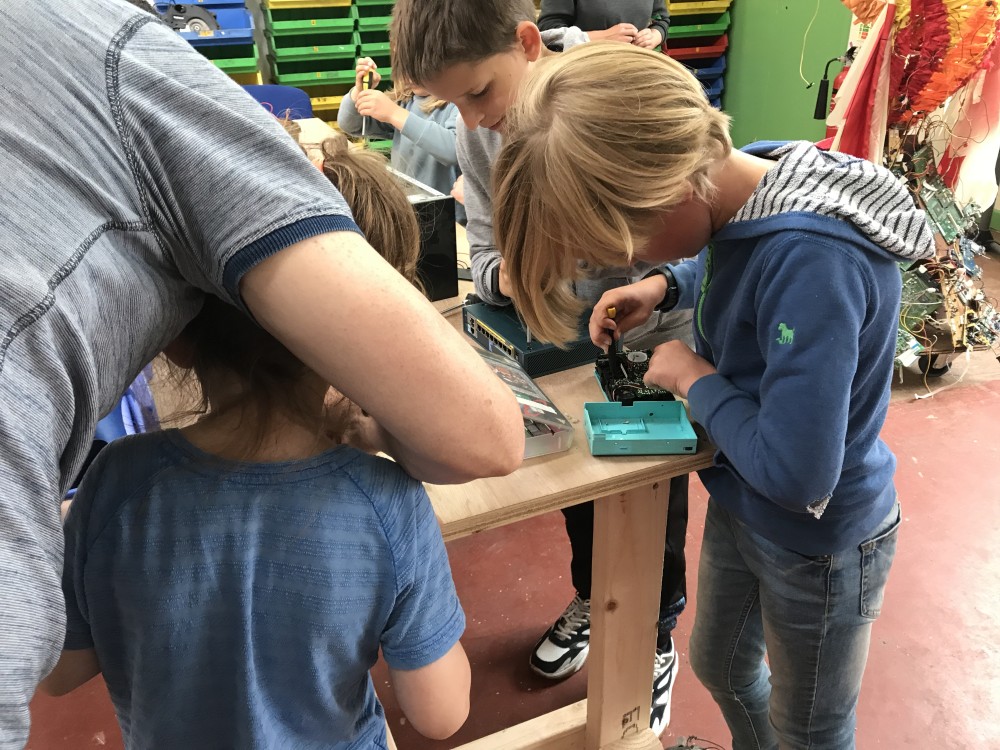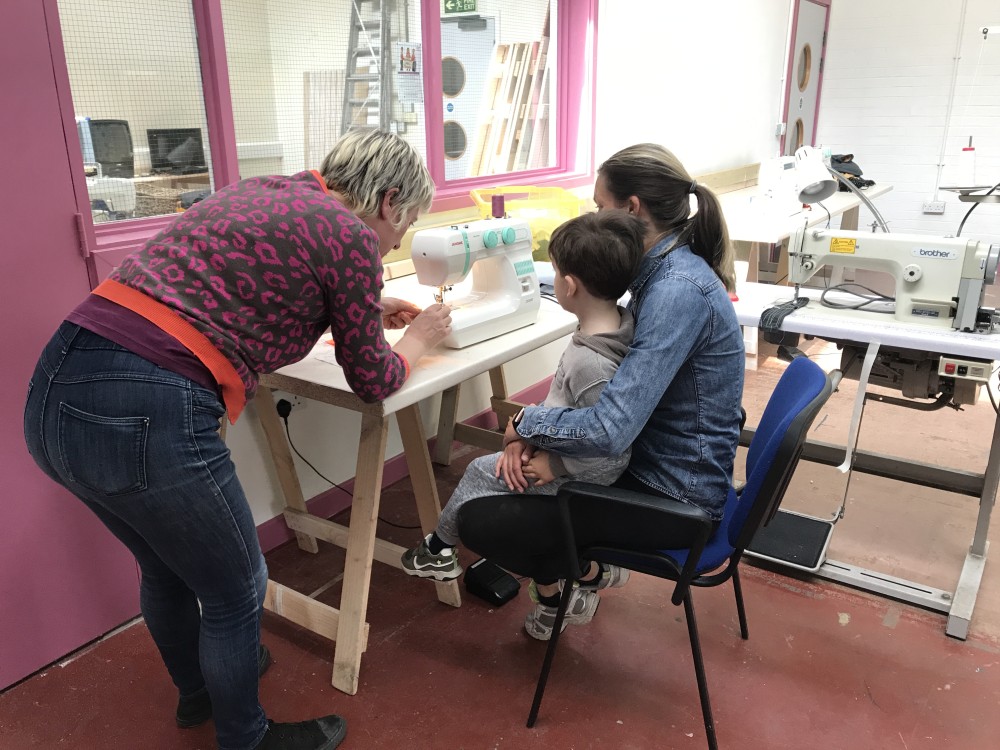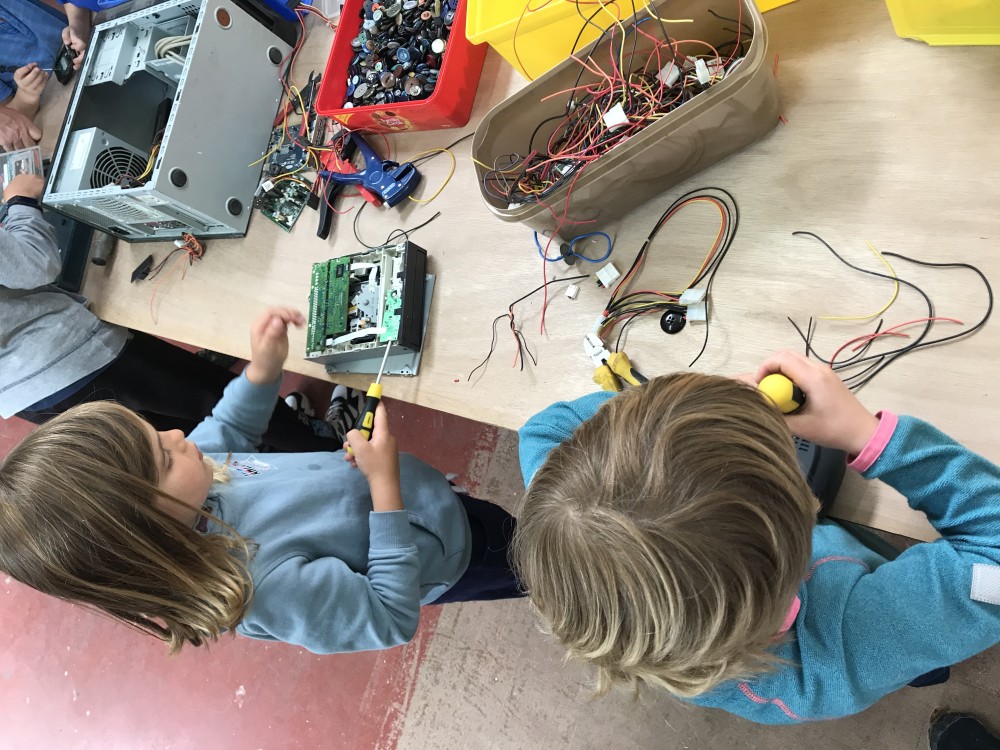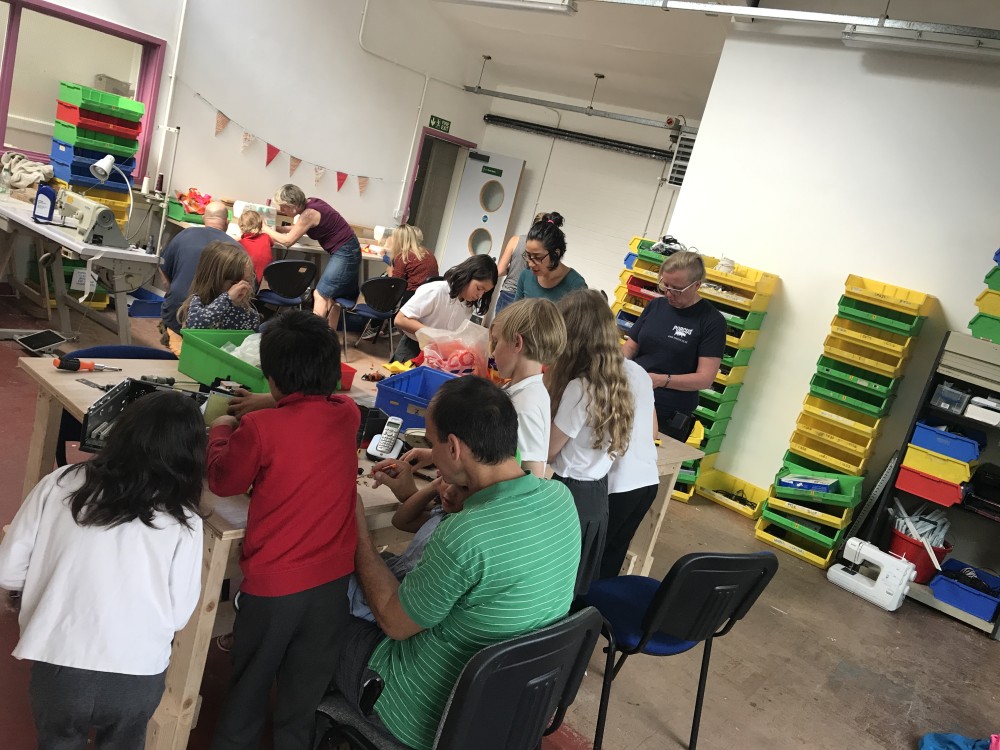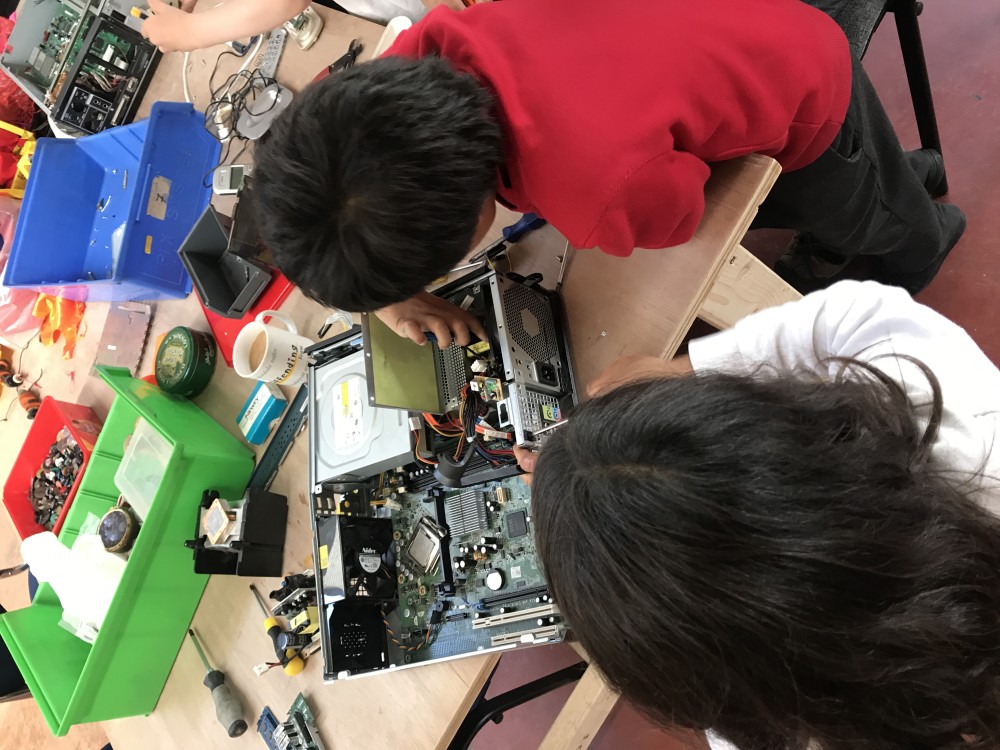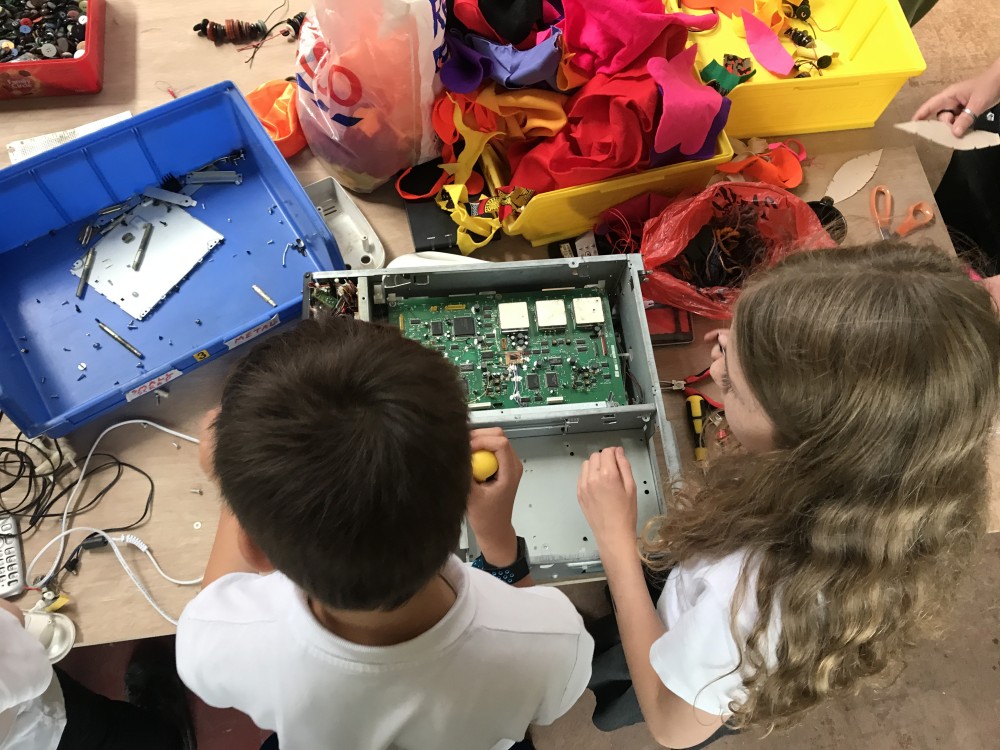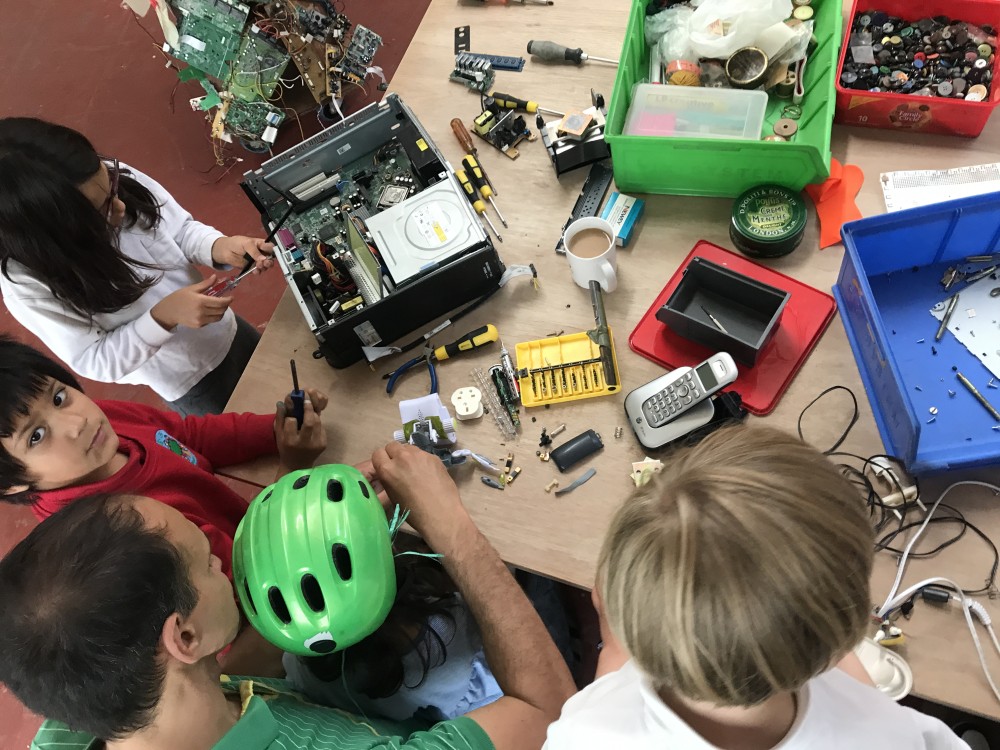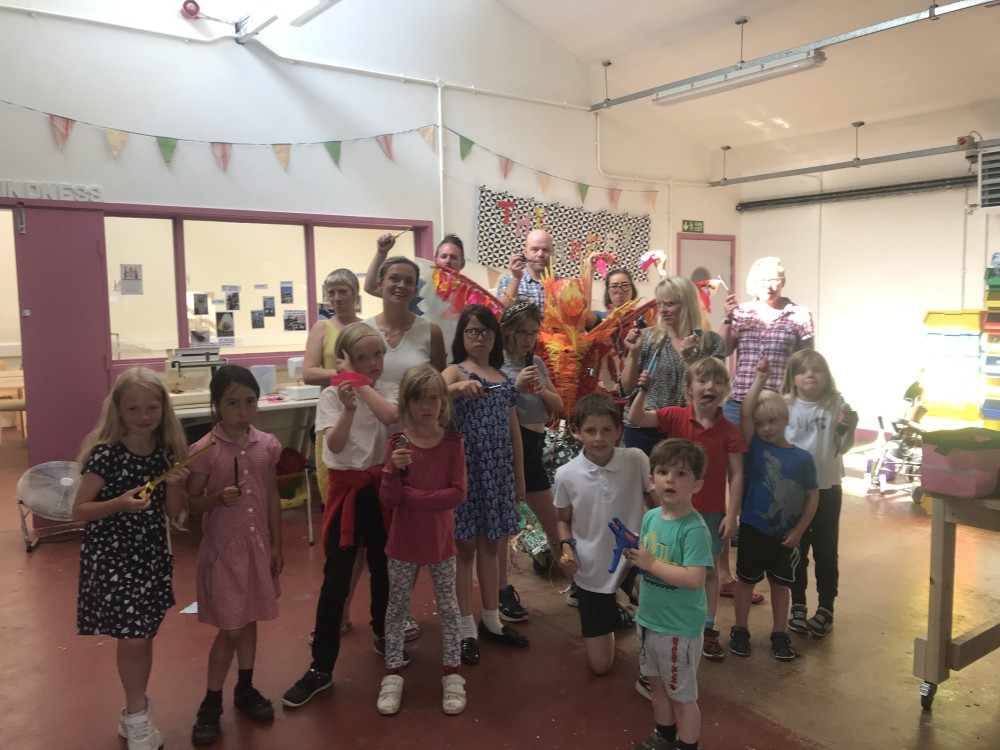Making the Family Fixit Campaign with Ferney Lee School. A group of campaigners, artists and educators came together with the schoolchildren and staff at the school to create an environmental campaign to reduce waste.
This report describes what we did and what was valuable about the processes we used. It is aimed at other educators who may want to take inspiration from our activities and perhaps reuse them in their own way. The report covers the three main phases of the project
- Phase One - Fun and active workshops with recycled waste
- Phase Two- Social Action workshops to create a campaign
- Phase Three - Communicating the Campaign
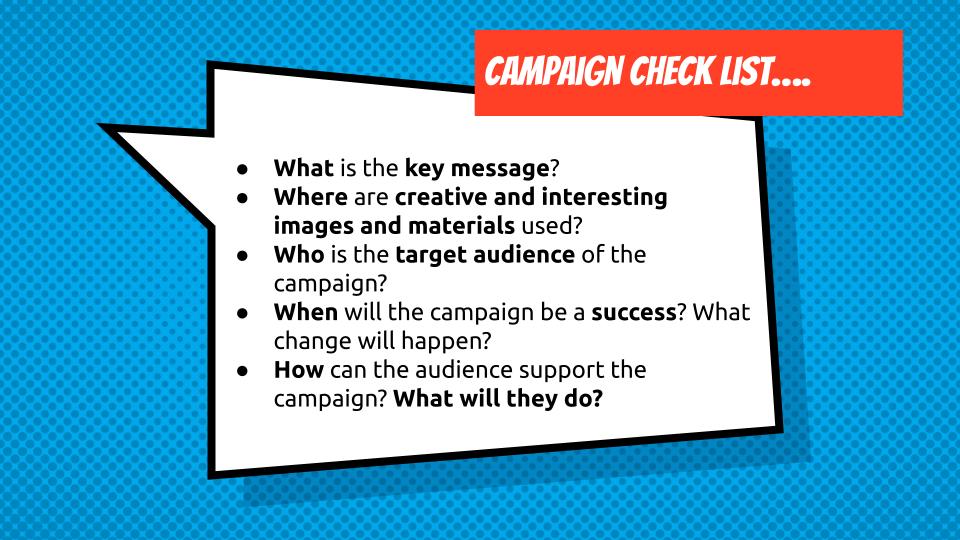 Caption - campaign check list
Caption - campaign check list
Project Funders
This project was made possible by a grant from the iwill fund. The #iwill Fund is an England wide joint investment. The original funding involved bringing together funding from the Department for Digital, Culture, Media and Sport and The National Lottery Community Fund to create a central investment pot.
Our grant was approved by the Community Foundation for Calderdale (CFFC) - a not-for-profit organisation devoted to supporting the hundreds of charities and voluntary groups across the borough.
 Caption - Project Funders
Caption - Project Funders
About this Campaign
This campaign was created by Year 6 students at Ferney Lee Primary School in the Summer of 2021. The aim was to reduce waste. In this report you can find our more about how it came to life. This report covers the three main phases of creating the campaign.
The full campaign is on a separate page here. but the headlines follow here.
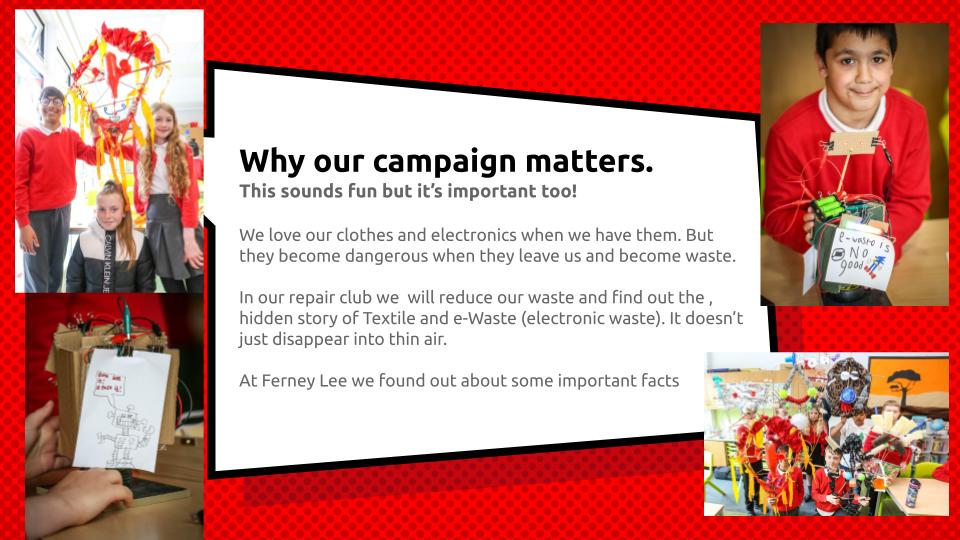 Caption - why this campaign matters
Caption - why this campaign matters
Fix it Don’t Ditch It Campaign
Help Fixit the Phoenix breathe new life into your old stuff
Come to the Family Stitch and Fix Club
Repairing is fun, free and fantastic for the environment. We can fix electronic gadgets and repair and improve our clothes.
Join our family fixing club to learn repair skills and to find out more about what happens to our waste.
Fixing is magic. You can breathe new life into the things you love. You can build your skills up from simple fixes to highly skilled ones.
Find out more about how to join us on Tuesdays after school on the Fixit Club page of the Todmorden Makery Website

Summary of the Campaign Creation Phases
This campaign was created with the help of funding from the iwill social action fund which is run in our area by CFFC.
There were three main phases of the project.
- Phase One - Fun and active workshops with recycled waste
- Phase Two- Social Action workshops to create a campaign
- Phase Three - Communicating the Campaign
Despite the challenges of delivering the project in COVID restricted times of spring and summer 2021 the first two stages were able to go ahead in full. The final stage had to be adapted. Read on to find out more.
This report is written by the project team. Mick Chesterman, Govi Asano, Katrina Heath and Steve Summers.
Phase One - Fun and active workshops with recycled waste
This phase was all about engagement. Engaging the young people in activities that were fun and relatable. And engaging the school by providing activities run by expert facilitators that are more tricky to run in day to day classroom life.
We ran three sessions during this stage of the project. While they didn’t need to, we linked the workshops to the overall them of waste reduction. This was done by working with materials that would mostly have otherwise gone into land fill.
Week 1 - 50 million Tonnes Show and Circuit Boxes
The starting two sessions were run by Steve Summers with the support of Mick Chesterman. The first session started with an extended and adapted version of an interactive Science Show called that Steve first performed at Bradford University called 50 million tonnes.
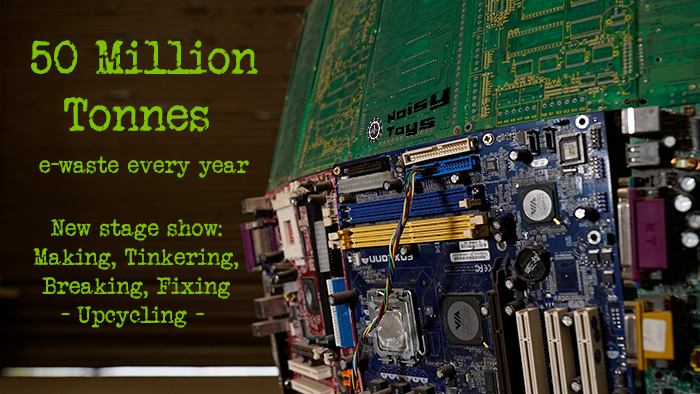
The students were then asked to take part in a workshop called Sonic Circuit Boxes. This workshop covers the science of sound and basic circuitry - applied to everyday technology such as motors, fans and speakers- whilst addressing environmental issues around waste, recycling and disposable electronics.
Week 2 - Sketchy Circuits and Wonky Robots
Students built and coded a wonky-shonky dancing disco robot using Crumble controllers and its block coding. This workshop was a quick fun way to explore coding and electronics and engineering.
We started to really introduce the idea of making a campaign in this session and pitched the robot making as making an interactive robot to get the attention of an audience.
The movement and lights that students created on the robot would draw attention to the their key messages about e-waste.

The end results were real pleasure to see and the young people had a high degree of focus in the final stages to get their interactive robots with their quick messages around e-waste ready.
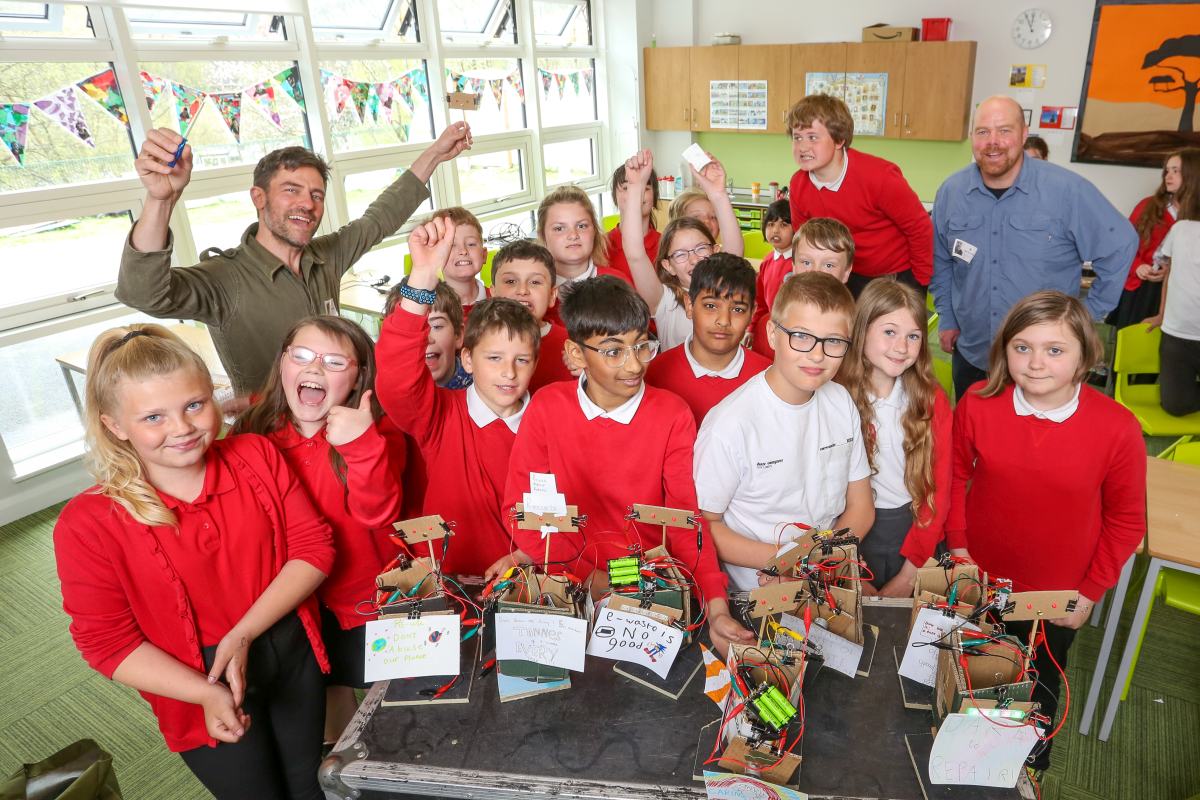
Week 3 - Making Carnival Masks with Recycled materials
Govi Asano is a community artist who has been involved in the well renowned Hand Made Parade group who organise a local festival in Todmorden called Lamplighter.
 Caption - working with emotions of waste
Caption - working with emotions of waste
She was able to bring elements of artistic and studio practice into this making session. There was a inspiring show of existing art using found and recycled materials from around working with emotions of waste around the world as well as local projects.
The level of engagement for this session was extremely high. The ability for young people to work with a wide range of making materials allowed a wide range of skills to be put into action. Design and planning skills, time management and very concrete engineering processes were all being put into action.
Phase Two - Social Action workshops to create a campaign
This phase was perhaps the most challenging of the whole project. After the very dynamic and physical making workshops, we were careful to make sure the shift to the more serious work of creating a campaign didn’t feel like the end of the fun. To do this we adopted a drama based approach to be able to do serious things in a fun role play setting. This is was one of the tactics described below.
Building Understanding what makes a Campaign
Winnable campaigns are built on solid foundations. We were able to increase the young people’s awareness of these success factors with a structured support when they were coming up with their ideas.
We needed to compress quite complex issues into a shorter steps and a templated approach. We created the following documents and resources as a way to do this. Firstly a campaign check list which communicated the essentials.
 Caption - campaign check list
Caption - campaign check list
Following this we asked students to evaluate other campaigns that had been funded by the same #iwill project funding.
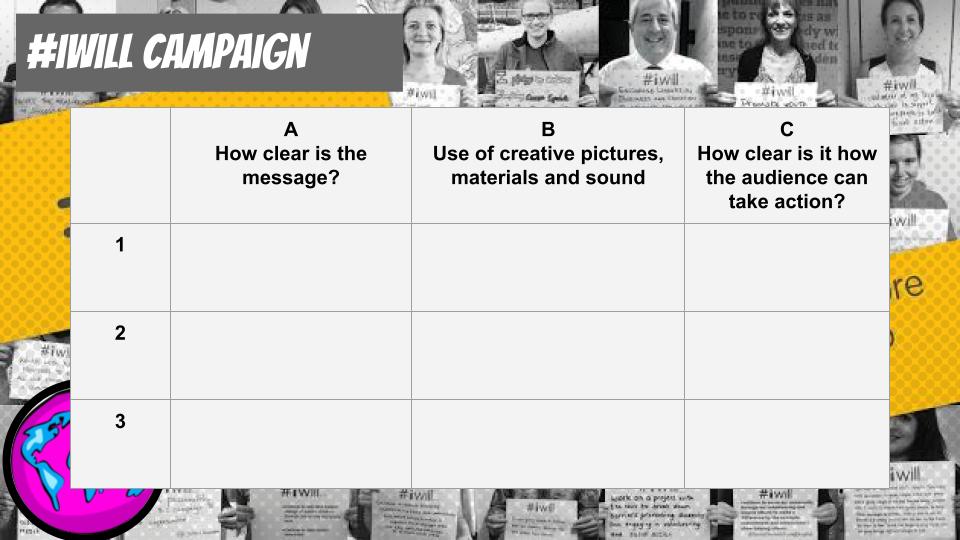 Caption - Simple framework to evaluate Other #iwill Campaigns
Caption - Simple framework to evaluate Other #iwill Campaigns
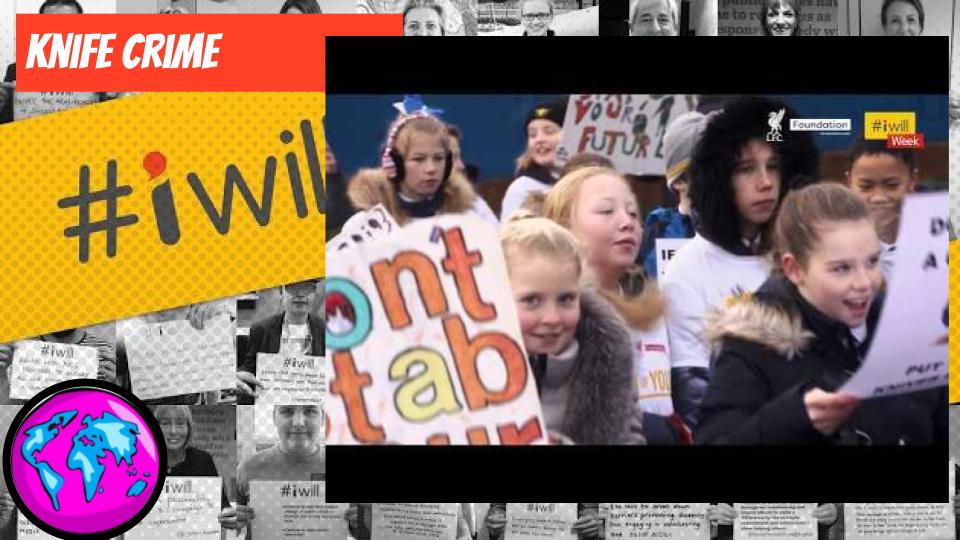 Caption - Example of an #iwill campaigns video
Caption - Example of an #iwill campaigns video
Building Ownership of the Campaign
Working with a primary school age and with a limited amount of time we decided for this project to limit the choice of the campaign to be something around reducing waste. There was a balance that we struck in planning between making sure that young people had a sense of ownership over the campaign and not spreading out too wide to encompass areas that were either covered already by larger charities or services, or on the other hand unrealistic with out time span and resources.
Campaigning in Role - and using other drama techniques
As previously mentioned we drew on drama techniques as a way of maintaining the momentum of the starting engagement phase. Local drama practitioner Katrina Heath took a lead on this working closely with project leader Mick Chesterman. Together they hatched up a drama scenario that would wrap the whole social action / create a campaign process. Students played the role of newly employed advertising executives at a advertising agency devoted to social change.
Drama Games to Mobilise Energy : To start each session we used drama games. Drama games are often physical or vocal activities often designed to get drama participants warmed up. They are also used by educators when shifting the energy of young people and adults to get them ready to do something new. Drama games have the following advantage of changing the outlook of young people to get them out of their comfort zone in a fun way before moving on to more challenging activites.
Process Drama - campaigning in role : Inspired by the work of Dorothy Heathcote (Mantle of the Expert) we planned an entire process drama which the young people entered as they created their campaign. The summary of this scenario follows.
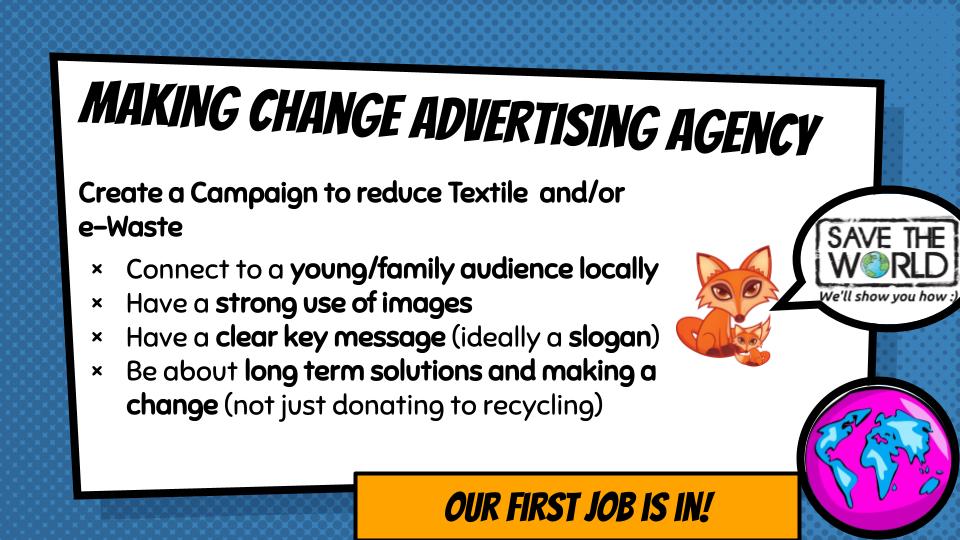 Caption - Establishing a process drama scenario
Caption - Establishing a process drama scenario
The essence of this kind of drama process is that while student do not have all of the expertise and information needed to fully do the job, they must pretend that they do and do as good a job as they can. In this way it frees students to stretch themselves and do things which are out of their comfort zone, as it is not them doing it, it is their character, it’s a part of the role they are playing.
Drama technique “Hot Seat” - used to connect to emotions and explore perspectives : We used a technique called hot seating to explore the emotions behind over consumption. Katrina played the role of a consumer taking part in a focus group. Students had the role of advertisers who were asking questions to try to uncover her motivations for over consumption and the underlying emotions driving her behaviour.
 Caption - Using a Hot Seat discussion to explore emotions of consumption
Caption - Using a Hot Seat discussion to explore emotions of consumption
While Katrina kept in role as an avid consumer, Mick supported the process by recording some of the emotional responses and justifications that arose in the interaction.
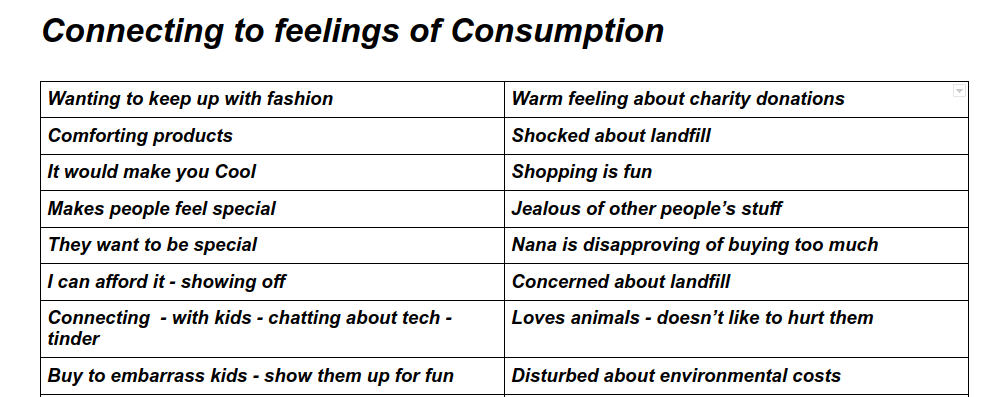 Caption - Documenting emotions of consumption
Caption - Documenting emotions of consumption
Drama technique “Freeze Frame” - used to explore solutions :
Freeze Framing is a drama technique where participants have to recreate a still life scene. It is as if someone has taken a photo of people. However the facilitator can ask each member of the scene to explain what they are doing and their motivations. We used this technique to ask students to quickly generate ideas about what solutions to issues of increasing consumer waste would be.
 Caption - Using Freeze Frame technique to come up with small and large scale solutions
Caption - Using Freeze Frame technique to come up with small and large scale solutions
Phase Three - Communicating the Campaign
This phase of the project took place as the start of the third wave of COVID in 2021. As such it had to be adapted heavily. We took a practical and pragmatic approach to this, but there were some events and sessions which could not run which are very disappointing. As such this section is written partly to reflect our planned activity and how we had to adapt to circumstances.
Writing up the Campaign to share back to students
The way we ended the social action phase 2 of the project was to let the students know that we would take in the materials that they had created in the generative drama-based workshop and form them into a campaign. This process mostly involved shaping the different messages into an overall shape which included the following elements
- Headlines: The key message of the campaign including the action required - in this case come to a Family Fixit Club to learn repair skills and have fun.
- Why the Campaign Matters: it is important to increase awareness of the full lifecycle of domestic products and limits to recycling program AND to therefore choose repairable products and learn repair skills.
- Important Facts to Support the Campaign: here sharing back some of the facts and stories that stuck with the young people - that they thought it was important for others to know.
- Our Response: including elements of how the students responded to that information shows their commitment and their emotional connection to the facts (which is important to mobilise action).
- What can the audience do about it: The key action/s that the young people suggested as an outcome to this campaign.
We shaped the messages and materials firstly into a Word Document template and then into a powerpoint that we shared back to students.
The powerpoint is online here - feel free to use it as a template for your own campaign.
The word document of the narrative campaign is here - it was created from the scanned documents that were created by the young people in this second phase.
We included key photos of the activities we had undertaken in the campaign. This shared back some of the excitement of the sessions to help celebrate our progress and to bring some of their energy and enthusiasm into the message of the campaign itself.
Strong Visual Element to the Campaign - Fixit the Phoenix
As campaigners and artists one of the things we wanted to communicate to young people as part of this project was the importance and value of strong visual and emotional elements to social change campaigns. To do this one of the activities in Phase 2 was to ask pupils to think about what the key visual imagery should be for the campaign. The output of this would be an “artist’s brief” - as organisers we would then commission one or more artists to complete it. We created a short template for students to work on.
The following slide was the end result of the artist’s brief exercise.
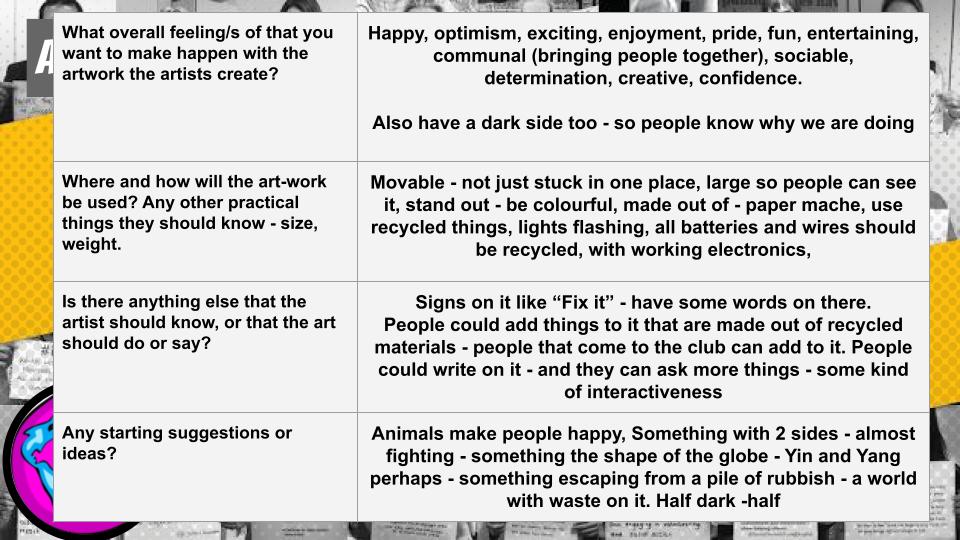 Caption - Student’s reponse to an artist’s brief exercise
Caption - Student’s reponse to an artist’s brief exercise
We then commissioned Govi Asano and Steve Summers to take this brief and create something usuable for the campaign. The end result was Fixit the Phoenix. We used photos of this for this Phase 3 of the campaign and as a focal activity for the Fixit Clubs.
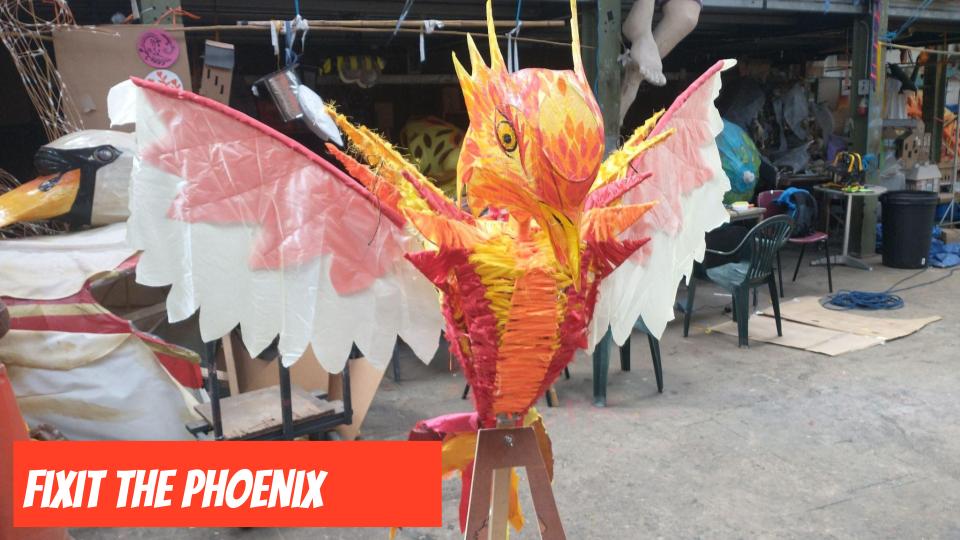 Caption - Fixit the Phoenix
Caption - Fixit the Phoenix
Sharing the Campaign more widely
The goal was to create a webpage on the school website and a self-contained web-page on our own website. The web page campaign on our own site is here - and we are working with the school to put on their school site.
As a base for this campaign we took the more simple an online powerpoint was a flexible way to create a campaign that included images and some of the source material. It was also then easy to export some of the slides as images suitable to put on websites.
Performance of the Campaign to the rest of the school
As the first stage of sharing the campaign, we worked with the young people to write and perform a performance which communicated the message of the campaign.
The creation of this performance was led by drama practitioner Katrina Heath who had worked with the young people in the previous part of the project. Mick Chesterman supported the process by taking the work and documents created by the students in phase 2 and bringing them together as a narrative campaign here. Katrina took the feeling of this text and images and devised a performance that would work in the school setting with a limited time to rehearse and perform.
Unfortunately as we completed the rehearsal of the show, we were informed that the school would be entering a restricted period where external adults would not be allowed into the school and classes could not mix.
There is a script of the performance that here - that we hope may be adapted to a future use.
At this stage we turned out focus to the Family Fixit Club as a way to be able to connect children from Ferney Lee school to community activities of fixing and making.
Family Fixit Club at Makery Workshop
One of the motivations for us at Scavenger Labs to undertake this social action campaign was to support our work setting up a community fixing and making workshop.
The delayed timing of the school project was fortunate in one way as it meant the end of our school work co-incided with opening out workshop. The following photographs show some of the sessions run at the Makery with young people and parents from Ferney Lee school.
The session were an interesting mix of informal and guided learning.
Summary of future work
The Family Fixit Club is being run as a volunteer project by parents of Ferney Lee school. It is being held on Wednesday after school sessions. This is a fantastic legacy for this Social Action Campaign.











